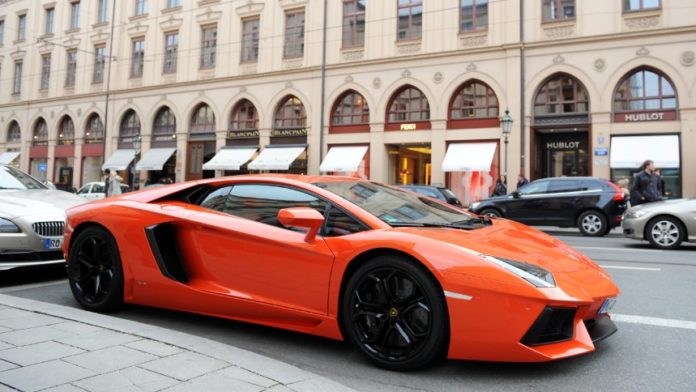
The gathering of global political and industrial leaders in Davos each year leads many observers to wonder: Who benefits in the long term from economic growth and corporate profits? Society as a whole or just a select few at the very top? One way to approach that question is by looking at how the entire wealth of a given society is distributed among individual members of that society.
The problem, though, is that it isn’t so easy to calculate that distribution. Official data does, of course, exist. In Germany it is compiled by the Federal Statistical Office, and the European Central Bank (ECB) has been doing the same for the eurozone over the last few years. That data shows an extremely unequal wealth distribution.
But in reality, wealth is even more concentrated than the data shows, because the statistics have a blind spot: The superrich and their assets are consistently underestimated. This is because, on the one hand, there are so few of them that they aren’t adequately accounted for in randomized surveys. On the other hand, the statistics are based on voluntary responses – and willingness to participate demonstrably sinks as wealth among respondents increases.
When it comes to the superrich, however, there are relatively reliable estimates in the form of lists of the world’s wealthiest people, with the one compiled by the US business magazine Forbes leading the way. A similar list is compiled in Germany by manager magazin. A team of tax experts led by Stefan Bach of the German Institute for Economic Research (DIW) has examined the wealth statistics compiled by the ECB and augmented them with lists identifying the ultrarich. And the team did so for three countries: Germany, France and Spain.
The result: The 45 richest households in Germany own as much wealth as the bottom half of the population. Each group possessed a total of 214 billion euros in assets in 2014. The following graphic illustrates the distribution of wealth in Germany as it stood three years ago. The top 10 percent of the population is shaded in hues of blue while the remaining 90 percent is shaded red.













